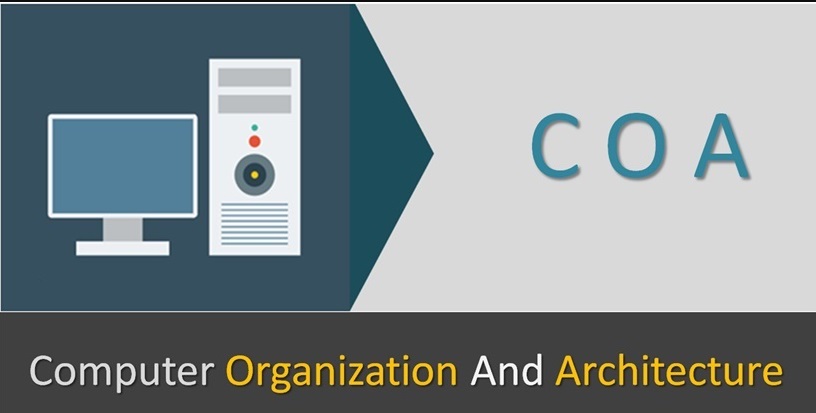- Teacher: Dr Deepa T
ecesrm.gnomio.com
-
Welcome to your new Gnomio site
Now, you are in control!
Moodle is an open-source Learning Management System (LMS) that provides educators with the tools and features to create and manage online courses. It allows educators to organize course materials, create quizzes and assignments, host discussion forums, and track student progress. Moodle is highly flexible and can be customized to meet the specific needs of different institutions and learning environments.
Moodle supports both synchronous and asynchronous learning environments, enabling educators to host live webinars, video conferences, and chat sessions, as well as providing a variety of tools that support self-paced learning, including videos, interactive quizzes, and discussion forums. The platform also integrates with other tools and systems, such as Google Apps and plagiarism detection software, to provide a seamless learning experience.
Moodle is widely used in educational institutions, including universities, K-12 schools, and corporate training programs. It is well-suited to online and blended learning environments and distance education programs. Additionally, Moodle's accessibility features make it a popular choice for learners with disabilities, ensuring that courses are inclusive and accessible to all learners.
The Moodle community is an active group of users, developers, and educators who contribute to the platform's development and improvement. The community provides support, resources, and documentation for users, as well as a forum for sharing ideas and best practices. Moodle releases regular updates and improvements, ensuring that the platform remains up-to-date with the latest technologies and best practices.
Links of interest:
(You can edit or remove this text)
Available courses

Lab Course Outcomes:
By the end of this lab, students will be able to:
-
Demonstrate and analyze the characteristics of PN and Zener diodes, including their applications in regulation and rectification.
-
Apply knowledge of PN diodes in designing rectifiers, clippers, clampers, and filters for practical circuits.
-
Measure and interpret parameters of BJT and MOSFET devices, understanding biasing and switching behavior.
-
Design and implement combinational circuits (adders, encoders, decoders, multiplexers, demultiplexers).
-
Design and verify sequential circuits, including flip-flops and counters (synchronous, asynchronous, Mod-n).
-
Use modern tools like Logisim/PSPICE for simulation and develop mini-projects that integrate analog and digital circuits.
-
Develop teamwork and hands-on design skills, preparing for real-world electronics applications.
- Teacher: Dr Deepa T

Students need to study Computer Organization and Architecture (COA) because the course equips them with foundational and practical knowledge essential for understanding how computers work from the ground up. Based on the syllabus, here’s why it is important:
1. Understand How Computers Actually Work
-
By learning number systems, binary arithmetic, logic gates, and codes (Unit 1), students understand how data is represented and manipulated at the hardware level.
-
This helps them appreciate how high-level programs are ultimately executed by hardware.
2. Bridge Between Hardware and Software
-
The course explains computer functional units, instruction sets, addressing modes, and assembly language (Unit 2), allowing students to understand the connection between programming and the underlying hardware.
-
This makes them better at low-level programming, debugging, and optimizing software.
3. Gain Knowledge of Processor Operations
-
Through ALU design, floating-point operations, and arithmetic circuits (Unit 3), students understand how CPUs perform calculations and process data.
-
This knowledge is vital for system programming, compiler design, and embedded systems.
4. Learn How Instructions Are Executed and Optimized
-
Control unit operation, microprogrammed control, and pipelining (Unit 4) show how instructions are executed efficiently, including handling hazards and improving performance.
-
This helps students grasp modern CPU design and system performance tuning.
5. Prepare for Multi-core and Parallel Systems
-
Parallelism, Flynn’s classification, ARM architecture, and I/O systems (Unit 5) prepare students for real-world computing, where multi-core processors and embedded systems dominate.
-
It builds skills for careers in mobile computing, IoT, cloud, and high-performance systems.
6. Develop Problem-Solving and Design Skills
-
By applying Boolean algebra and digital logic design, students learn to design basic circuits and understand the hardware-software interface.
-
These skills are crucial for careers in VLSI, hardware design, robotics, and system architecture.
7. Foundation for Advanced Topics and Research
-
COA serves as a stepping stone for subjects like Operating Systems, Compiler Design, Computer Networks, Embedded Systems, and Parallel Computing.
-
It also lays the groundwork for research in high-performance computing, AI hardware acceleration, and custom processor design.
- Teacher: Dr Deepa T